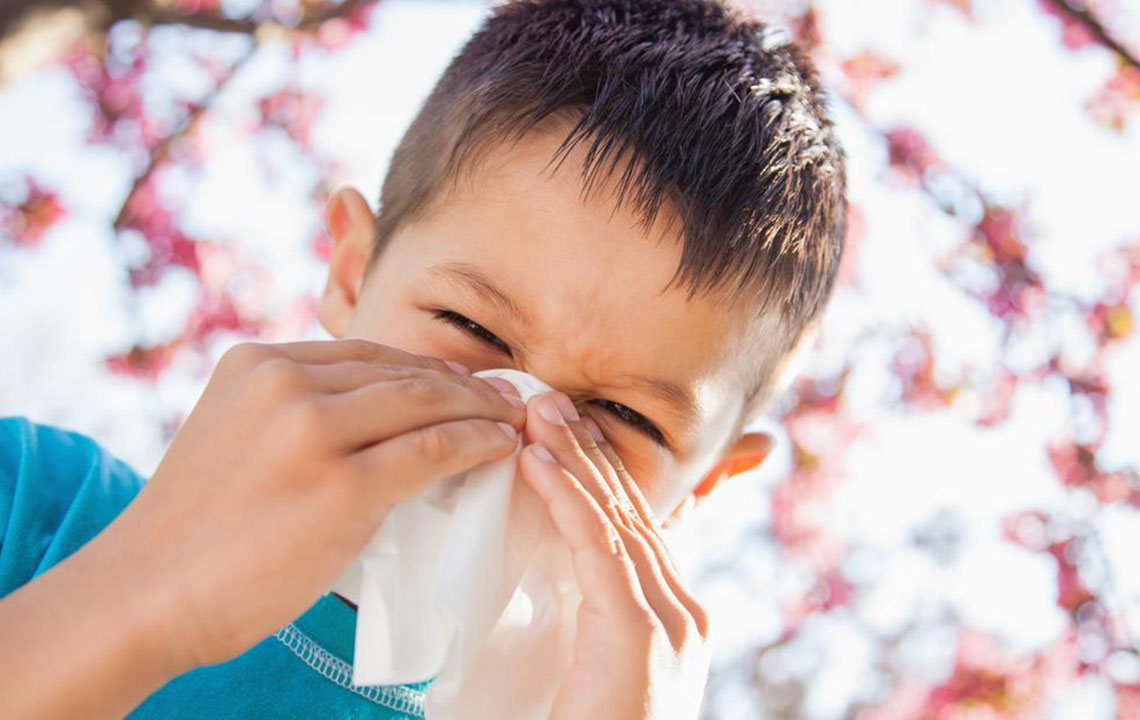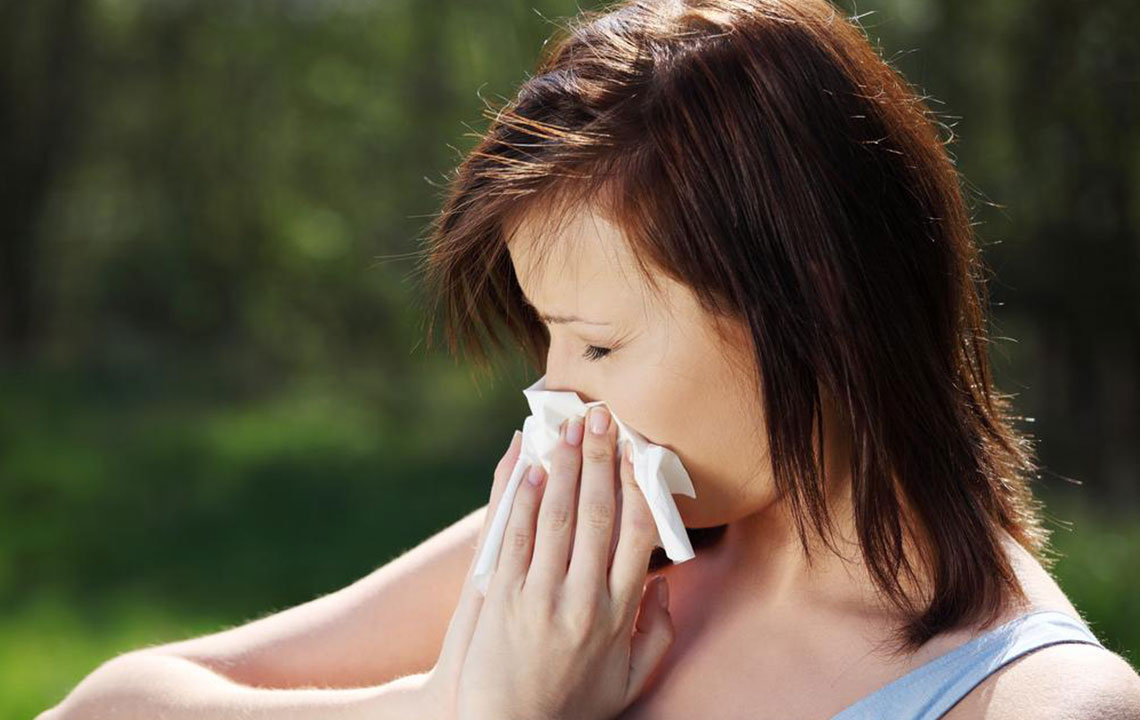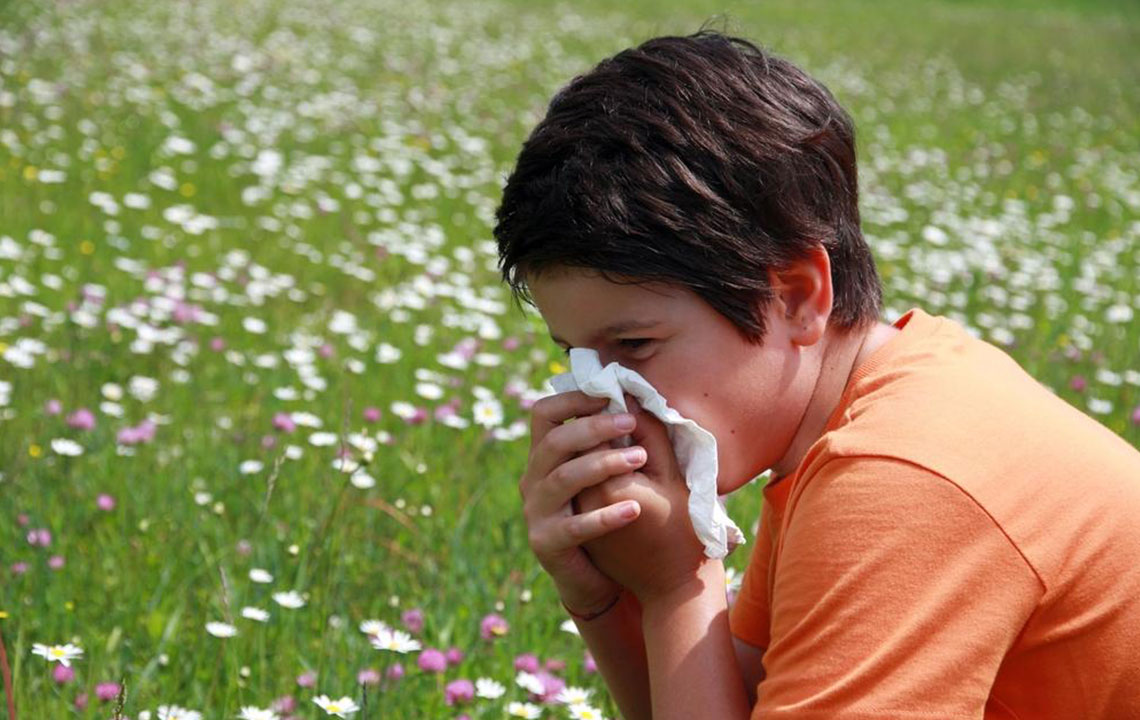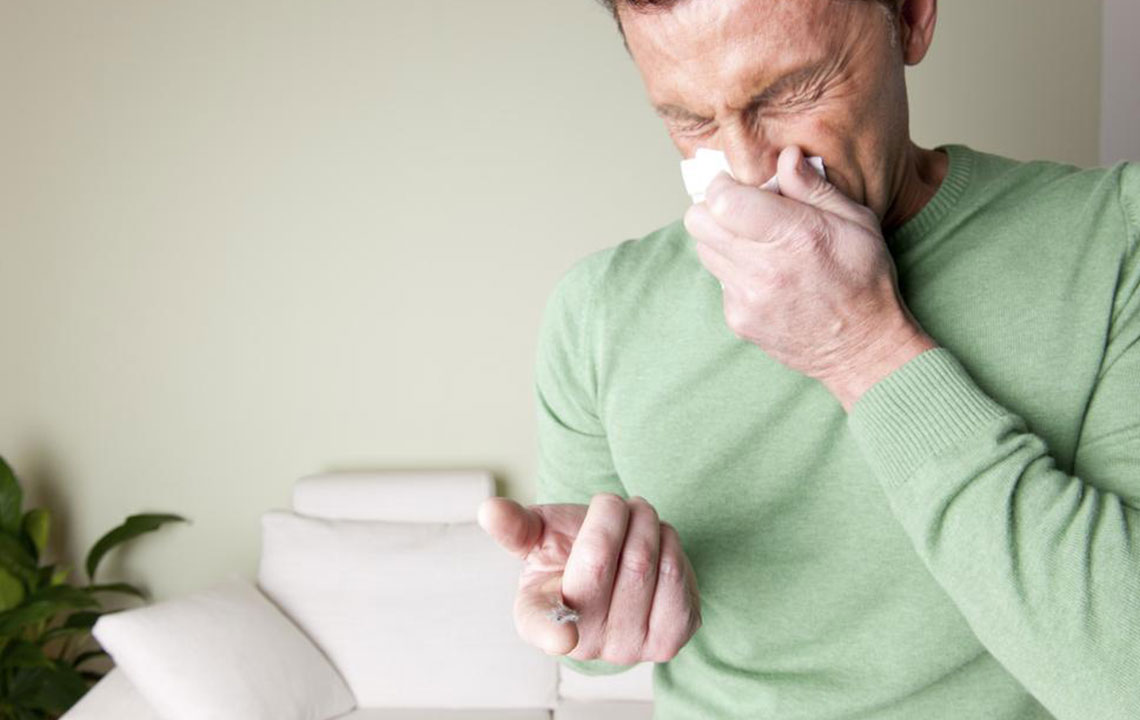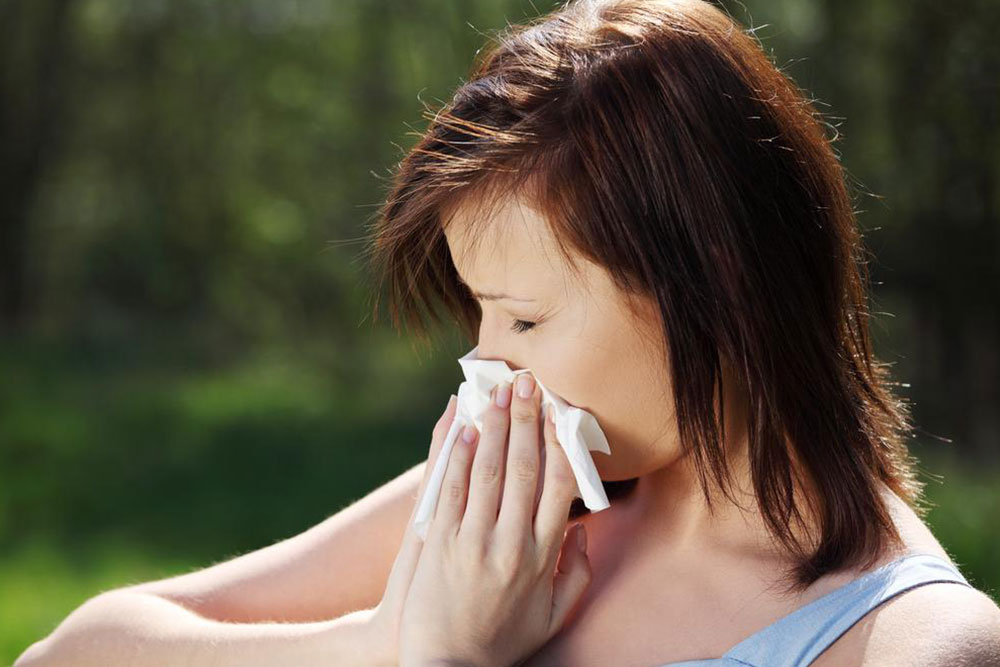Comprehensive Guide to Mold Allergies: Symptoms, Causes, and Effective Prevention Methods
This comprehensive guide explores mold allergies in detail, covering symptoms, causes, diagnosis, and practical prevention strategies. Learn how to control indoor humidity, improve ventilation, and reduce exposure to mold spores to protect respiratory health and alleviate allergy symptoms effectively. Tailored advice offers practical steps for allergy sufferers seeking to prevent mold buildup and minimize health risks associated with mold spores in their environment.

Understanding Mold Allergies: Key Facts, Symptoms, Causes, and Prevention Strategies
An in-depth overview of mold allergy: common symptoms, underlying causes, and practical prevention techniques
Mold allergy is a prevalent health issue that affects many individuals worldwide. It results from an allergic reaction to mold spores, which are tiny reproductive structures released into the air by molds growing in damp environments. These allergies are often triggered by exposure to molds both outdoors and indoors, particularly in areas with high moisture levels. Understanding the causes, recognizing the symptoms, and implementing effective prevention strategies are essential steps in managing this condition and protecting respiratory health.
Mold spores are resilient microscopic particles that can persist in the environment and reappear seasonally or after cleanup efforts. These spores thrive in moist spots around the home such as bathrooms, basements, kitchens, and areas with poor ventilation. Molds reproduce by releasing spores into the air, which when inhaled by susceptible individuals, may cause allergic reactions. Recognizing the difference between mold allergy symptoms and those of other respiratory conditions is crucial. Common signs include sneezing, runny or stuffy nose, itchy eyes, dry skin, and persistent coughing.
In addition to allergies, mold exposure can exacerbate chronic respiratory conditions like asthma and cause specific health issues such as allergic bronchopulmonary aspergillosis. Certain foods, particularly dried fruits, mushrooms, and fermented products containing yeast or vinegar, contain fungi that can also trigger similar allergic responses. Risk factors for developing mold allergies include a family history of allergies, exposure in workplaces like farms and warehouses, and living in high-humidity regions.
Diagnosing mold allergy typically involves medical history assessment, skin prick tests, or blood tests that detect specific IgE antibodies to mold spores. While there is currently no cure for mold allergies, managing exposure and reducing indoor mold growth can significantly decrease symptoms. Key prevention strategies include controlling indoor humidity to below 50%, ideally around 40%, to inhibit mold proliferation. Using air purifiers equipped with HEPA filters, ensuring proper ventilation, and promptly fixing leaks are effective measures to maintain a healthy indoor environment.
Additional preventive actions involve routine cleaning to prevent dampness, avoiding outdoor activities during peak mold seasons, especially on humid days, and wearing masks during gardening or cleaning tasks. It is also important to regularly check and repair any water leaks, clean mold-prone areas, and ensure proper airflow in enclosed spaces. Understanding how to effectively prevent mold growth can safeguard respiratory health and improve quality of life for allergy sufferers.
Overall, awareness of mold allergens, symptom recognition, and implementing proactive cleaning and environmental controls are vital components in managing mold allergy symptoms. If symptoms persist, consulting an allergy specialist can help develop a personalized management plan, including medications or allergy shots if necessary. With proper precautions, individuals can minimize exposure and maintain a healthier living and working environment, significantly reducing the impact of mold allergies on daily life.
